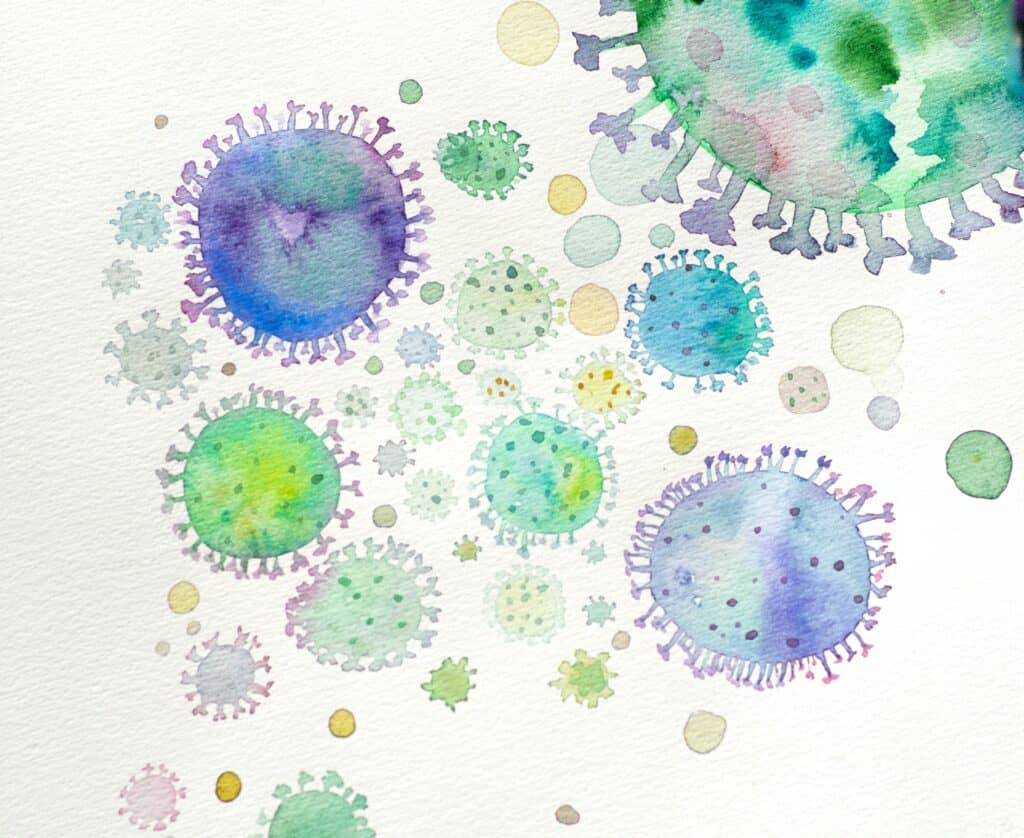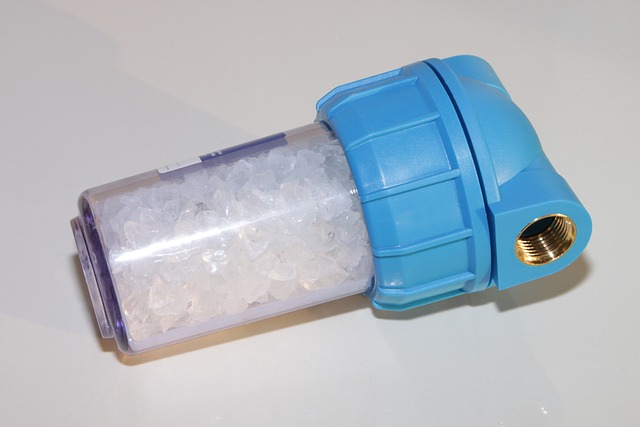
Water softeners are essential devices that help remove hardness-causing minerals such as calcium and magnesium from water. They work by exchanging the hardness ions with sodium ions, making the water softer and more suitable for daily use. However, one question that comes up frequently is whether bacteria or mould can live in water softeners. Bacteria are microorganisms that are commonly found in water, soil, air, and various other environments. Some types of bacteria can be harmful to human health, while others are harmless or even beneficial. Mould, on the other hand, is a type of fungus that grows in damp and humid environments. Like bacteria, some types of mould can be dangerous to human health, while others are harmless.
When it comes to water softeners, both bacteria and mould can potentially live in them, depending on several factors. These factors include the quality of the incoming water, the design of the water softener, and the maintenance practices of the system.
Quality of Incoming Water
The quality of incoming water can have a significant impact on the growth of bacteria and mould in water softeners. If the water contains high levels of bacteria or mould spores, then it is more likely that these microorganisms will grow in the softener. Additionally, if the water is high in organic matter, such as algae, then it can provide a food source for bacteria and mould.
Water quality is determined by various parameters such as physical, chemical, and microbiological characteristics. Some of the key factors that can affect the quality of incoming water include the source of water, the presence of impurities, the pH level, and the temperature.
If the source of water is contaminated with bacteria or mould spores, then it is more likely that these microorganisms will grow in the water softener. For example, if the water source is a well or borehole, there may be bacteria or mould spores present in the groundwater. Similarly, if the water source is a surface water body such as a river or lake, there may be high levels of bacteria and mould due to pollution or natural conditions.

The presence of impurities in the water such as organic matter, sediment, or minerals can also affect the quality of incoming water. For example, if the water contains high levels of organic matter such as algae, it can provide a food source for bacteria and mould to grow. Additionally, if the water contains high levels of minerals such as iron or manganese, it can create an environment that is favourable for bacteria and mould growth.
The pH level and temperature of the water can also play a role in the growth of bacteria and mould. For example, if the water is acidic, it can inhibit the growth of some types of bacteria and mould. However, if the pH level is too high or too low, it can create an environment that is more conducive to the growth of bacteria and mould. Similarly, if the water is warm, it can provide an ideal temperature for bacteria and mould to grow and multiply.
Design of Water Softener
The design of a water softener can also play a significant role in the growth of bacteria and mould. If the water softener is poorly designed, it can create an environment that is more conducive to the growth of these microorganisms.
One of the key factors in the design of a water softener that can impact the growth of bacteria and mould is the type of resin used in the system. Some types of resin are more prone to the growth of bacteria and mould than others. For example, resin that is too porous can create an environment that is more conducive to bacterial growth.
Another important design factor is the size of the water softener. A larger water softener is less likely to have issues with bacterial and mould growth, as it has a larger surface area and can handle higher volumes of water. A smaller water softener may struggle to maintain adequate water flow and can create an environment that is more conducive to bacterial growth.

The location of the water softener can also affect bacterial and mould growth. For example, if the water softener is located in a damp, humid environment, it is more likely to develop mould growth. Similarly, if the water softener is located in an area that is prone to contamination, such as near a sewage system or chemical storage area, it can increase the risk of bacterial growth.
The materials used in the construction of the water softener can also affect bacterial and mould growth. Some materials, such as plastic or certain types of rubber, can create an environment that is more conducive to bacterial growth. Using high-quality, non-porous materials can help reduce the risk of bacterial and mould growth.
Maintenance Practices
The maintenance practices of a water softener are crucial in preventing the growth of bacteria and mould. If a water softener is not cleaned and maintained regularly, then bacteria and mould can grow and multiply in the system. Additionally, if the softener has not been sanitized properly, then bacteria and mould can continue to grow in the system even after cleaning.
To prevent the growth of bacteria and mould in water softeners, it is essential to follow proper maintenance practices. These practices include:
- Regular cleaning of the resin tank and other components of the water softener.
- Sanitizing the water softener with a chlorine or hydrogen peroxide solution.
- Replacing the resin media periodically to prevent the buildup of bacteria and mould.
- Using high-quality water softener salt that is free from contaminants and impurities.
- Using a water softener with a closed system design that minimizes exposure to the air.
- Monitoring the quality of the incoming water and making adjustments as necessary.

